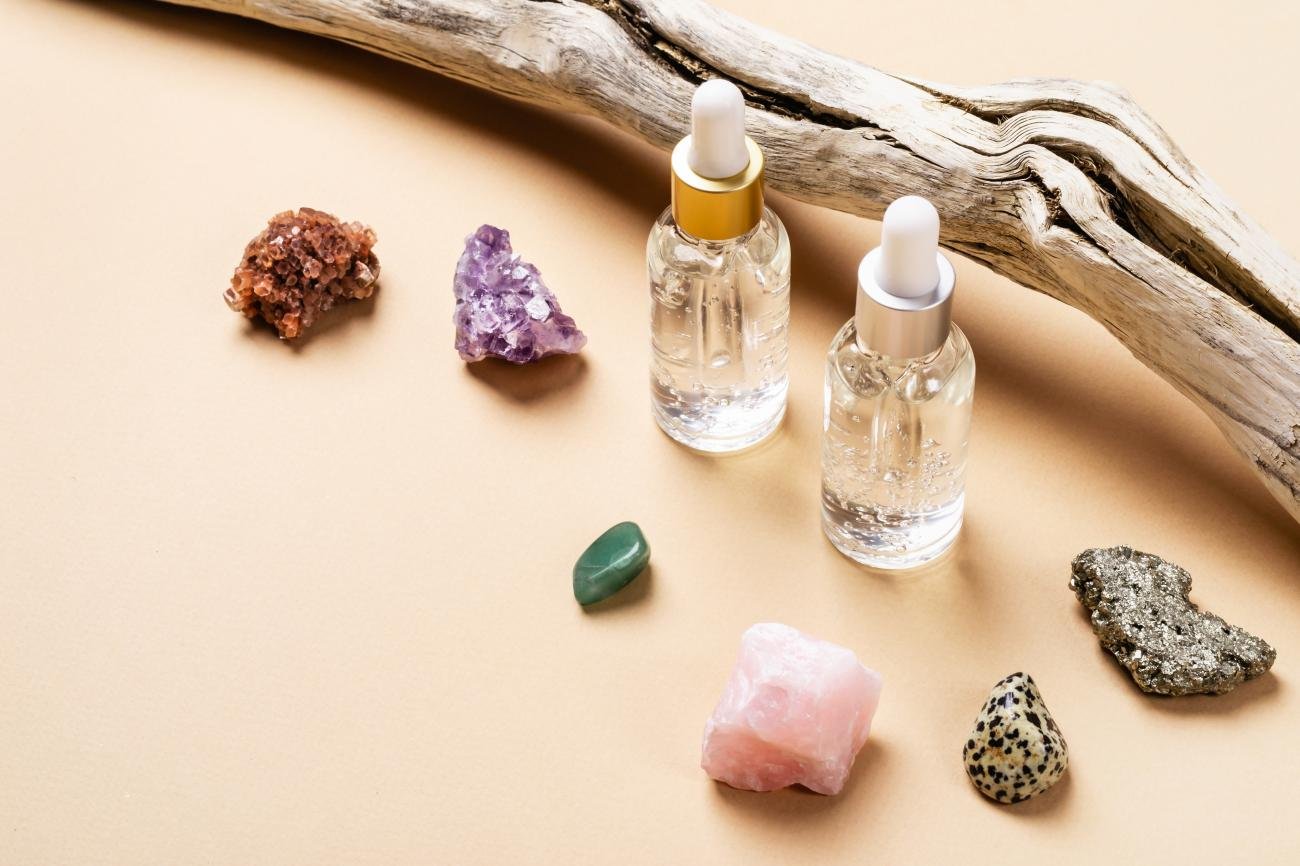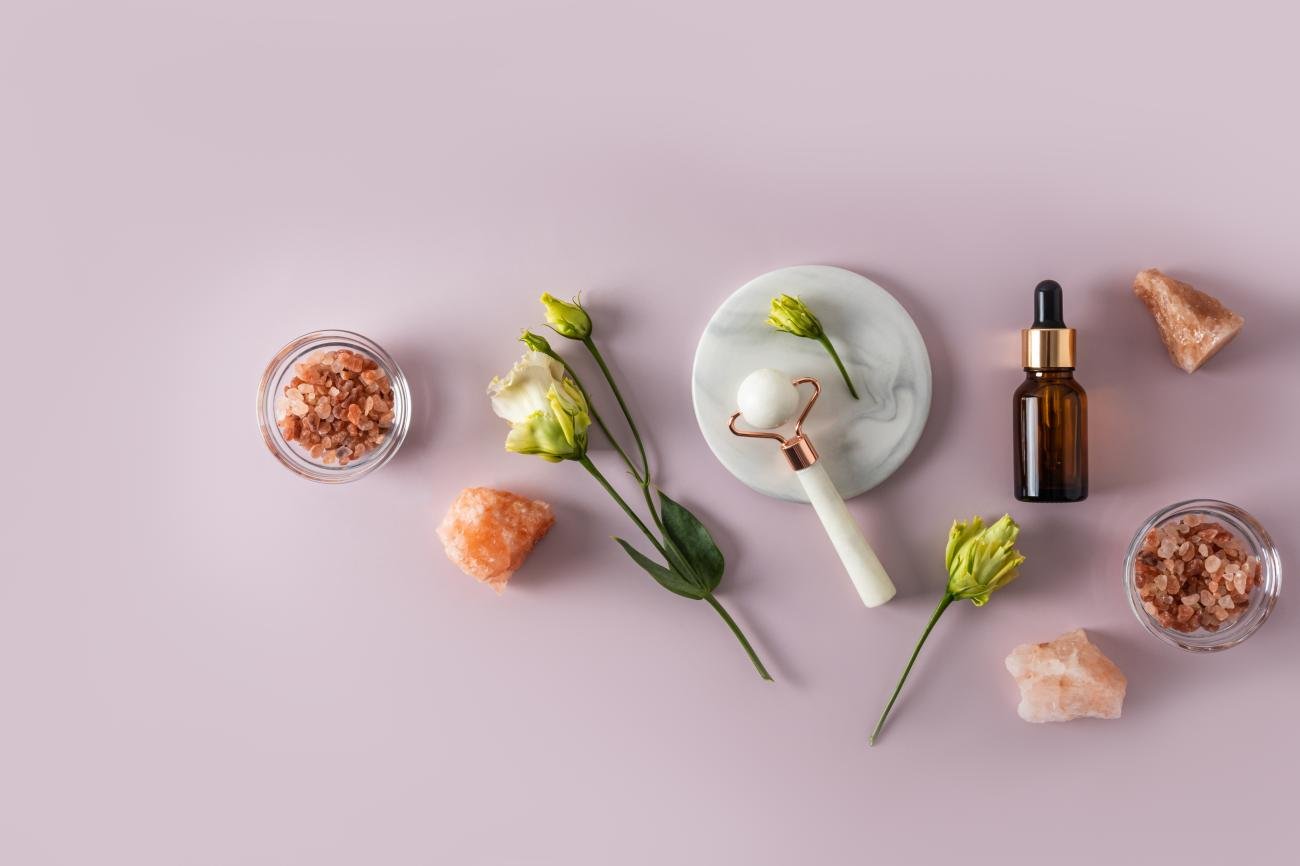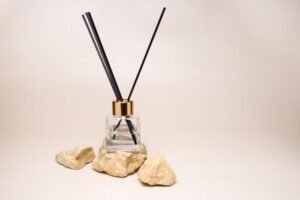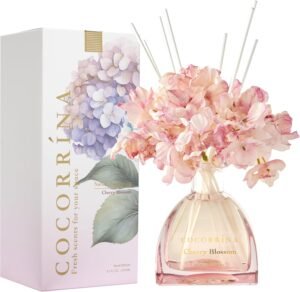For anyone familiar with ENO’s commitment to holistic well-being through aromatic products, the idea of incorporating natural elements like crystals into daily rituals is a natural extension. We already understand the power of fragrance to influence mood and atmosphere. So, what about crystals? Can these beautiful formations from the earth genuinely enhance your aromatherapy experience, making it more impactful? For brand owners like Lisa, who seek a complete product line including essential oil diffuser stone sets, or national brand buyers like Anita, who are looking for diversified and fast-iterating products, understanding the synergy between crystals and aromatherapy is key to offering innovative and holistic solutions. Let’s explore which minerals are commonly used and why this combination might just be the next big thing in mindful living.
Aromatherapy crystals, often referred to as essential oil diffuser stones or porous minerals, are natural stones or geological formations with a porous structure that allows them to absorb and slowly diffuse essential oils, enhancing the aromatic experience. While direct therapeutic benefits are primarily attributed to the essential oils, the crystals are believed to amplify or complement these benefits through their energetic properties, aesthetic appeal, and unique abilities to hold and gradually release fragrance. The most commonly used minerals for this purpose include lava stone, selenite, various forms of quartz (like amethyst or rose quartz), and obsidian, each chosen for its porosity and alleged energetic influence.

My journey with ENO has taught me that sensory experiences are deeply personal and multifaceted. Combining the visual appeal and perceived energetic properties of crystals with the olfactory power of essential oils seemed like a logical step. I’ve often seen how a holistic approach resonates with our customers. From a product development perspective, this blend of aesthetics and function is really exciting. Let’s dive into which minerals can be used and why.
The Synergy of Crystals and Essential Oils: Why Combine Them?
The idea behind combining essential oils with crystals goes beyond just aesthetics. It taps into the belief that both elements possess unique vibrational frequencies and properties that can work together to enhance well-being.
The synergy between crystals and essential oils is rooted in the belief that both possess distinct energetic frequencies and therapeutic properties, allowing them to mutually enhance their respective benefits when used together. Crystals can act as natural diffusers due to their porous nature, slowly releasing the aroma of essential oils, while simultaneously contributing their own alleged metaphysical properties to amplify or stabilize the oil’s effects. This combination offers a holistic approach, addressing physical, emotional, and spiritual well-being through a multi-sensory experience that combines scent, touch, and visual appeal, fostering a deeper connection to nature’s healing elements.

Through my work, I’ve observed that many individuals are seeking more than just a fleeting scent; they want an experience that resonates on a deeper level. This is where the magic of combining elements truly comes alive.
1. Natural Diffusion 🌬️
- Porous Surface: Many crystals, particularly unpolished or tumbled stones, have a porous surface that can absorb essential oils. This allows for a slow, gentle, and flameless diffusion of the aroma into the surrounding environment. This is a safe and natural way to enjoy scents without electricity or heat.
- Sustained Release: Unlike electronic diffusers that might disperse scent quickly, crystals release essential oils gradually. This means the aroma can linger longer, providing a subtle fragrance throughout the day.
- Convenience: They are portable and require no power source, making them ideal for small spaces like desks, nightstands, or even cars (when placed securely).
2. Energetic Amplification ⚡
- Vibrational Energy: Many believe that crystals possess unique vibrational frequencies that can influence energy fields. When essential oils (which also carry vibrational energy from plants) are combined with crystals, the crystals are thought to amplify or stabilize the oils’ therapeutic properties. For example, if you use a calming essential oil like lavender with an amethyst crystal (believed to promote tranquility), the calming effect might be deepened.
- Intention Setting: Crystals are often used in mindfulness practices to set intentions. Dabbing an essential oil associated with that intention onto the crystal can strengthen the practice, creating a tangible anchor for your mental focus.
3. Aesthetic and Sensory Appeal ✨
- Natural Beauty: Crystals are inherently beautiful, adding an organic, aesthetic element to any space. They can be integrated into decor as a subtle way to enhance the ambiance.
- Tactile Experience: Handling smooth, cool crystals can be grounding and calming, adding a tactile dimension to the aromatherapy experience.
- Holistic Approach: Combining the visual beauty of crystals with the olfactory power of essential oils creates a holistic sensory experience that can support emotional well-being on multiple levels—sight, smell, and touch.
The intersection of crystals and aromatherapy offers a unique opportunity to enhance product offerings, particularly for clients seeking innovative and holistic wellness solutions. It’s about providing a deeper, more intentional experience for the user.
Common Minerals Used as Aromatherapy Crystals
Not all crystals are suitable for aromatherapy. The best ones are typically porous, durable, and generally safe to handle. Here are some of the most popular choices:
For aromatherapy, effective crystals are primarily porous and stable, allowing them to absorb and gradually release essential oils without degrading. Key minerals include lava stone for its exceptional absorbency and earthy grounding, selenite for its gentle diffusion and cleansing properties, various types of quartz (like clear quartz for amplification and rose quartz for emotional healing) for their energetic influence and visual appeal, and more unconventional choices like obsidian or amethyst that, while less porous, are valued for their perceived energetic alignment with specific essential oil properties, creating a holistic aromatic and energetic experience.
%[A close-up, high-quality image of different types of aromatherapy crystals, each with a single drop of essential oil visibly sinking into its surface. Clearly label each crystal (Lava Stone, Selenite, Amethyst, Rose Quartz, Clear Quartz).] (https://placehold.co/600×400 "Types of Aromatherapy Crystals")
Our product design team at ENO often considers the integration of different natural materials. When it comes to diffuser stones, we meticulously vet the materials to ensure they are safe, effective, and align with the therapeutic intent of our essential oils.
1. Lava Stone (Basalt) 🌋
- Porous Nature: Lava stone, formed from volcanic eruptions, is highly porous due to the trapped gas bubbles during its cooling process. This makes it an excellent natural diffuser. Its rough, pitted surface allows it to readily absorb essential oils and release them slowly.
- Energetic Properties (Belief): Often associated with grounding, strength, and courage. Its connection to the earth’s core energy is believed to provide stability and help in managing anger or fear.
- How to Use: Simply add a few drops of your desired essential oil directly onto the lava stone beads (often found in bracelets or necklaces) or a tumbled stone. The oil will soak in and slowly diffuse over several hours to a day.
- Best Paired With: Earthy, grounding essential oils like Vetiver, Patchouli, Sandalwood, or balancing blends. Also good with invigorating oils like Peppermint for quick diffusion.
2. Selenite 🌙
- Porous Nature: Selenite is a soft, fibrous mineral that, while not as overtly porous as lava stone, has subtle channels that can absorb and diffuse essential oils, albeit usually at a slower, more delicate rate. It’s known for its light and ethereal energy.
- Energetic Properties (Belief): Associated with cleansing, clarity, serenity, and spiritual connection. It is often used to cleanse other crystals and personal energy fields.
- How to Use: Due to its softness, be gentle. Place a few drops of oil on a polished selenite wand or small piece. It will absorb and gently diffuse the scent. Avoid prolonged immersion in water, as selenite can dissolve.
- Best Paired With: Calming and spiritual essential oils like Frankincense, Lavender, Sandalwood, or Bergamot.
3. Quartz (Various Forms) 💎
Quartz is one of the most abundant minerals on Earth, and different varieties are used for specific purposes in crystal healing, which can be extended to aromatherapy application. While typically less porous than lava stone, some raw or tumbled forms can still hold oils, and their energetic properties are highly valued.
- Clear Quartz:
- Porous Nature: Less porous than lava stone, but a drop of oil can sit on its surface or be absorbed into micro-fissures in raw pieces.
- Energetic Properties (Belief): Known as the "master healer" and an amplifier of energy. It is believed to amplify the properties of other crystals and essential oils.
- How to Use: Place essential oils near clear quartz or on a rough point. The quartz is believed to amplify the oil’s vibration.
- Best Paired With: Any essential oil, as it’s thought to amplify their properties.
- Amethyst:
- Porous Nature: Similar to clear quartz, less porous, but can still carry scent.
- Energetic Properties (Belief): Associated with tranquility, spiritual wisdom, stress relief, and protection. It is often used for meditation and improving sleep.
- How to Use: Place a few drops on a tumbled amethyst stone or geode for a calming effect.
- Best Paired With: Relaxing and spiritual essential oils like Lavender, Frankincense, Clary Sage, or Cedarwood.
- Rose Quartz:
- Porous Nature: Similar to other quartz varieties.
- Energetic Properties (Belief): The stone of unconditional love, compassion, and emotional healing. It promotes self-love, peace, and harmony.
- How to Use: Apply essential oils to a tumbled rose quartz stone for emotional support and comforting aromas.
- Best Paired With: Comforting and heart-opening essential oils like Rose, Geranium, Bergamot, or Ylang-Ylang.
4. Obsidian (Less Common for Diffusion, More for Energy) ⚫
- Porous Nature: Obsidian is a volcanic glass and is virtually non-porous. It is not used for direct diffusion of essential oils.
- Energetic Properties (Belief): Known as a protective and grounding stone. It is believed to absorb negative energy and promote strength and clarity.
- How to Use: While not for diffusion, obsidian can be placed near a diffuser or an essential oil blend that is being used for protection, grounding, or releasing negativity, creating a symbolic combination of the oil’s properties with the crystal’s energy.
- Best Paired With (Energetically): Grounding essential oils like Vetiver, Myrrh, or deep cleansing oils like Tea Tree (not for direct contact).
When integrating crystals into aromatherapy products, it’s essential to educate customers on the unique properties of each mineral and how to best use them. For specific product lines like essential oil diffuser stone sets, it’s about providing a curated experience that combines the beauty of nature with the therapeutic benefits of essential oils, offering a truly holistic solution. This approach aligns perfectly with ENO’s mission to deliver high-quality, innovative aromatic products that meet diverse global needs.





